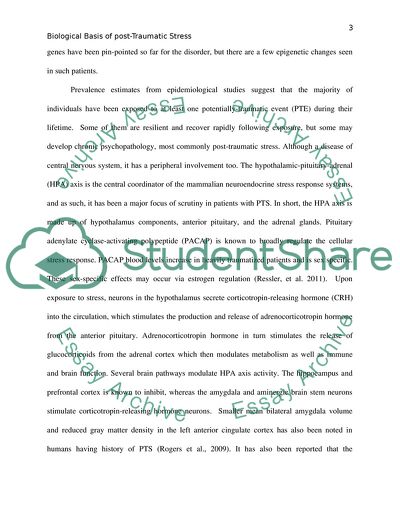Cite this document
(Biological Basis of Post-Traumatic Stress Essay, n.d.)
Biological Basis of Post-Traumatic Stress Essay. https://studentshare.org/psychology/1768456-biological-bases-of-behaviour
Biological Basis of Post-Traumatic Stress Essay. https://studentshare.org/psychology/1768456-biological-bases-of-behaviour
(Biological Basis of Post-Traumatic Stress Essay)
Biological Basis of Post-Traumatic Stress Essay. https://studentshare.org/psychology/1768456-biological-bases-of-behaviour.
Biological Basis of Post-Traumatic Stress Essay. https://studentshare.org/psychology/1768456-biological-bases-of-behaviour.
“Biological Basis of Post-Traumatic Stress Essay”. https://studentshare.org/psychology/1768456-biological-bases-of-behaviour.


